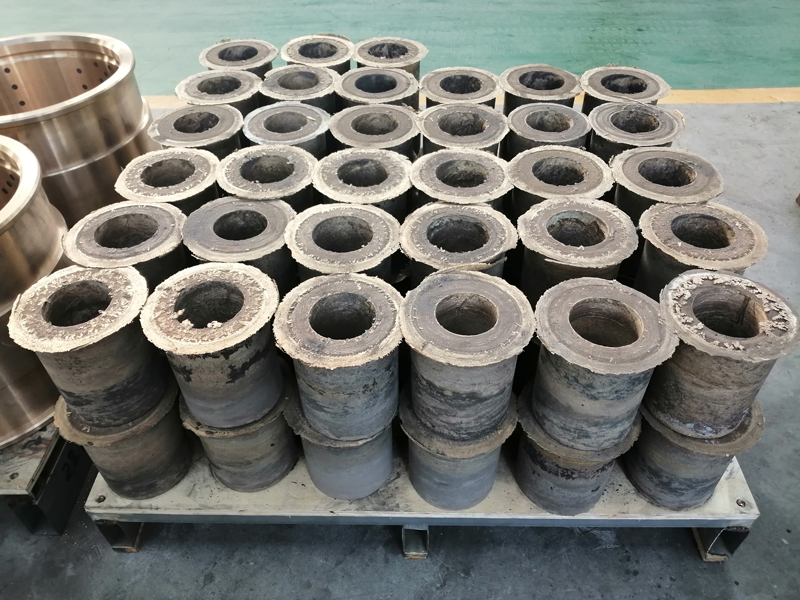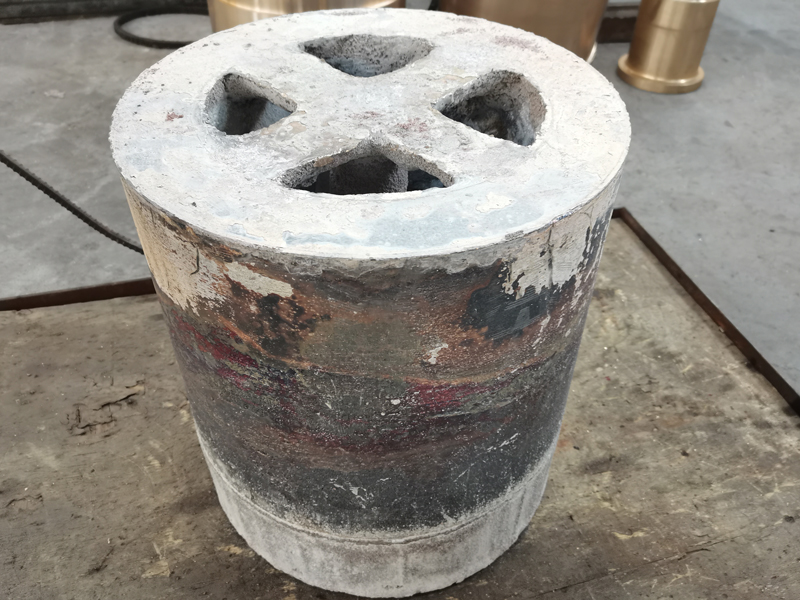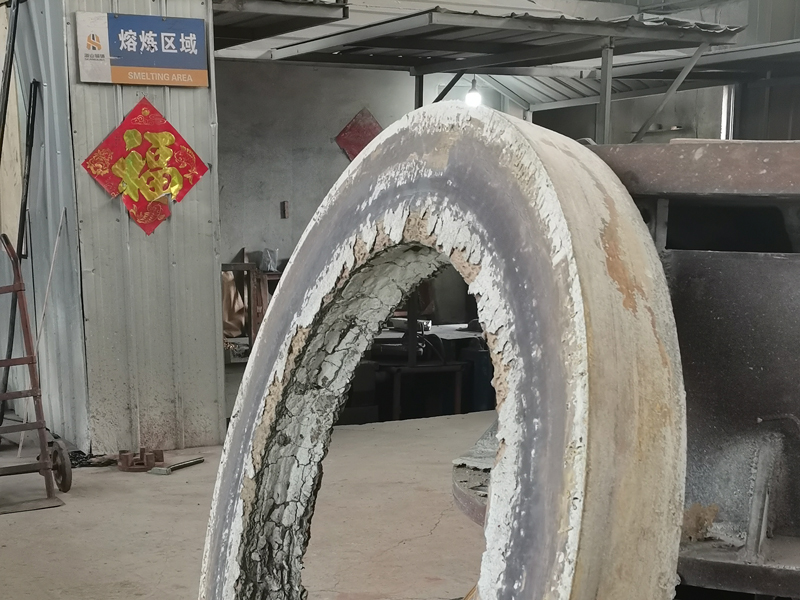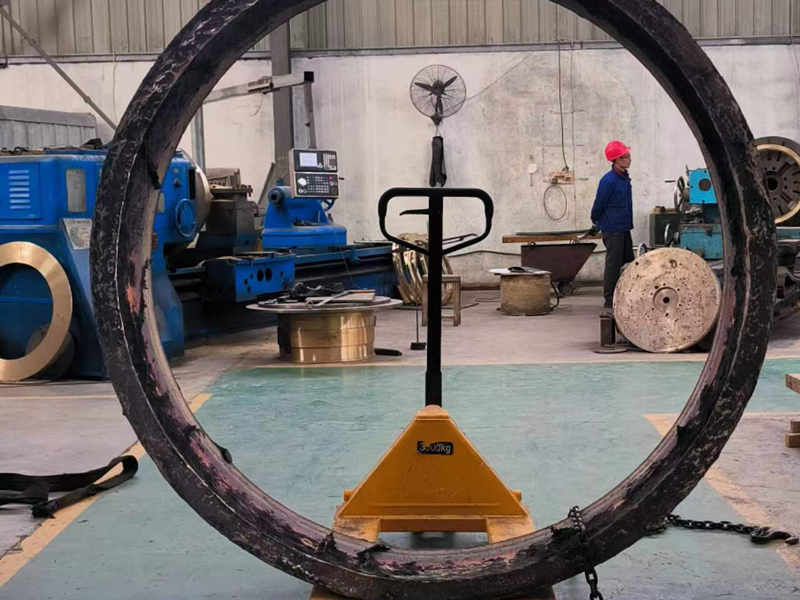The current price trend of bronze per kilogram shows a volatile downward trend, and future forecasts show that the market may continue to be under pressure.

Recently, due to multiple factors such as increased global economic uncertainty, declining manufacturing data and a higher US dollar exchange rate, the copper market sentiment is depressed, and the price of bronze has followed the overall trend of copper prices and has shown a downward trend. At the same time, the tight supply of the scrap copper market and the slow recovery of the demand side have further exacerbated the downward pressure on prices.

Looking ahead, the bronze market may continue to face challenges from macroeconomic factors, inventory pressure and changes in market demand. Despite potential support factors such as the gradual release of downstream demand, the market is expected to remain volatile and weak in the short term. Therefore, market participants are advised to pay close attention to policy and global economic dynamics and adjust trading strategies in a timely manner to cope with possible market fluctuations.

As of September 2024, the price of bronze is affected by fluctuations in the prices of its main components, copper and tin. Currently, the average cost of bronze hovers around $10 per kilogram, but may vary depending on specific market conditions and alloy composition. These price changes are driven by increased demand in industries such as construction, manufacturing and automotive, where bronze is used for engine parts, bearings and decorative elements. Additionally, market forecasts indicate that bronze prices are likely to rise, potentially reaching around $10,000 per ton by 2028, due to growing demand from sectors such as musical instruments and industrial machinery.

For scrap bronze, prices tend to be lower, averaging around $6.50 per kilogram, depending on the region and quality of the scrap.



